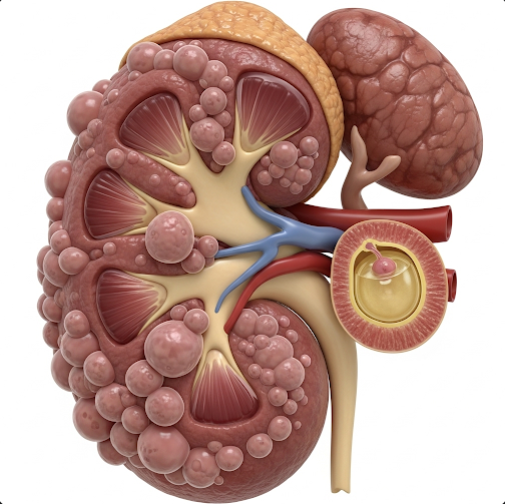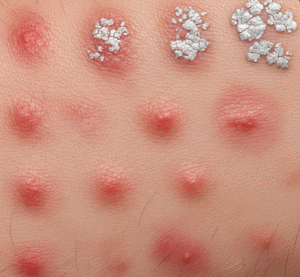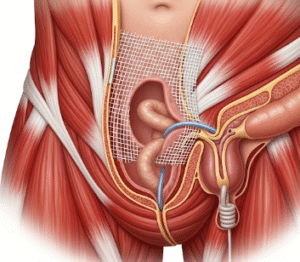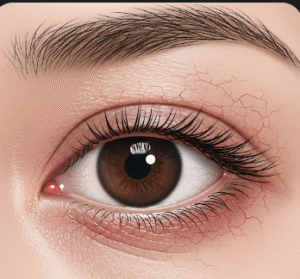Overview
Polycystic Kidney Disease (PKD) is a genetic disorder characterized by the growth of multiple fluid-filled cysts in the kidneys. Over time, these cysts enlarge and multiply, causing the kidneys to lose function and potentially leading to chronic kidney disease (CKD) or kidney failure. PKD can also affect other organs, such as the liver and pancreas, and may lead to complications like high blood pressure and aneurysms. Although it has no cure, early diagnosis and proper management can help slow its progression and improve quality of life.
What is Polycystic Kidney Disease?
PKD is a hereditary condition in which clusters of cysts develop primarily within the kidneys. These cysts are noncancerous sacs filled with fluid, but as they grow, they disrupt normal kidney structure and function.
There are two major types:
- Autosomal Dominant PKD (ADPKD):
- Most common type (about 90% of cases)
- Usually appears between ages 30–40
- One parent typically has the disease
- Autosomal Recessive PKD (ARPKD):
- Much rarer and more severe
- Symptoms often begin in infancy or childhood
- Requires both parents to carry the gene mutation
Symptoms
Symptoms of PKD vary based on the type and stage of the disease. Many people remain asymptomatic for years.
Common symptoms include:
- High blood pressure (often the first sign)
- Back or side pain
- Headaches
- Enlarged abdomen due to swollen kidneys
- Blood in urine (hematuria)
- Frequent urinary tract infections (UTIs)
- Kidney stones
- Fatigue
- Progressive decline in kidney function
In ARPKD, symptoms may appear shortly after birth and include poor growth, breathing problems, and enlarged kidneys.
Causes
Polycystic Kidney Disease is caused by genetic mutations:
- ADPKD is caused by mutations in the PKD1 or PKD2 genes, inherited in an autosomal dominant pattern — meaning only one copy of the mutated gene (from one parent) is needed.
- ARPKD is caused by mutations in the PKHD1 gene, inherited in an autosomal recessive pattern — meaning both copies of the gene must be mutated (one from each parent).
These gene mutations lead to abnormal growth and functioning of kidney cells, resulting in cyst formation and organ damage over time.
Risk Factors
The most significant risk factor is family history of PKD. Other risk factors that may accelerate disease progression include:
- Uncontrolled high blood pressure
- Obesity
- Smoking
- Low fluid intake
- High protein diet (in some advanced cases)
- Diabetes
- Male gender (in some studies, faster progression observed)
Complications
PKD can lead to a wide range of serious health complications, especially as cysts enlarge and kidney function declines:
- Chronic kidney disease (CKD)
- End-stage renal disease (ESRD) requiring dialysis or kidney transplant
- High blood pressure
- Liver cysts (common in ADPKD)
- Aneurysms, especially in the brain (risk of hemorrhage)
- Heart valve abnormalities
- Urinary tract infections
- Kidney stones
- Diverticulosis (colon pouches)
- Pregnancy complications, especially in women with hypertension
Prevention
PKD cannot be prevented, but disease progression and complications can be delayed or managed through lifestyle and medical care:
- Control blood pressure with medication and diet
- Avoid smoking and excessive alcohol
- Maintain a healthy weight
- Drink plenty of water (may help reduce cyst growth)
- Limit sodium intake
- Avoid NSAIDs (e.g., ibuprofen), which can harm kidneys
- Get regular check-ups with a nephrologist
- Genetic counseling for families with PKD history
Treatment Options in Korea
While PKD has no cure, South Korea offers advanced medical and surgical care to manage symptoms, slow disease progression, and address complications.
1. Medical Management
- Blood pressure control: ACE inhibitors or ARBs
- Pain relief: Acetaminophen or targeted cyst aspiration
- Tolvaptan therapy: A medication approved to slow cyst growth in ADPKD
- Antibiotics for UTIs
- Lifestyle modifications (diet, hydration, exercise)
2. Monitoring and Diagnostics
- Ultrasound, CT, or MRI to monitor cyst growth
- Blood and urine tests to assess kidney function
- Brain imaging for aneurysm screening in high-risk patients
- Genetic testing for family planning and early detection
3. Advanced Treatment
- Dialysis: Hemodialysis or peritoneal dialysis for ESRD
- Kidney transplantation: Long-term solution for kidney failure
- Minimally invasive procedures: Cyst drainage or removal for pain or infection
4. Supportive Care
- Nutritional counseling
- Psychological support
- Rehabilitation services for patients with ESRD
5. Best Hospitals in Korea
Leading institutions such as Asan Medical Center, Samsung Medical Center, Seoul National University Hospital, and Severance Hospital offer:
- Expert nephrology care and transplant units
- Access to Tolvaptan and genetic counseling
- Multidisciplinary management of kidney and cardiovascular complications
- English-speaking support for international patients













